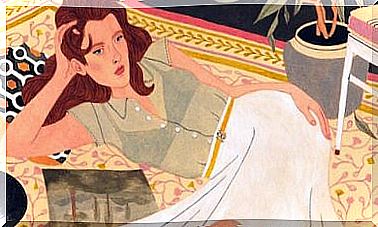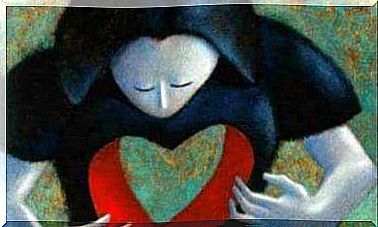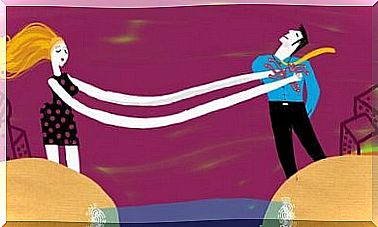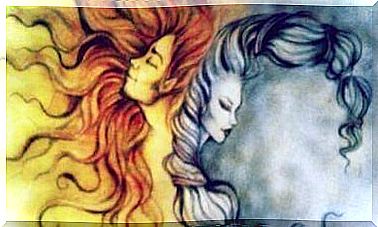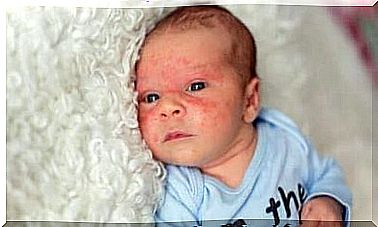10 Types Of Hallucinations: Character Traits And Possible Causes
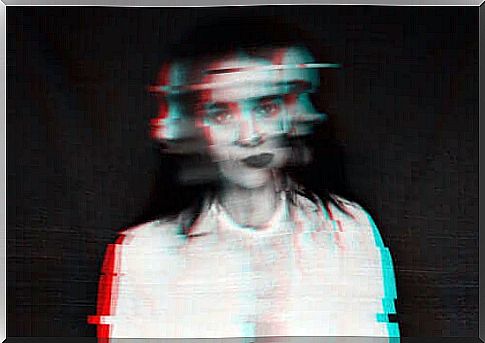
When people talk about hallucinations, it is common for them to panic. Many people worry when they hear this term because we often associate it with insanity. Before we dive into it, it is important to clarify that there are different types of hallucinations. However, the people affected experience a detachment from reality in all of them.
In general, we can define hallucinations as sensitive reactions to non-existent stimuli from the environment. This is the case with auditory hallucinations, where people hear voices or sounds that no person, animal or object has made. The reason for this is a change at a neurological level.
There can be various reasons why such a change develops, similar to how it is in a wide range of hallucinations. In this article, we review 10 of the most common types and look at where they come from.
Causes of hallucinations
With regard to the various causes that can cause hallucinations, we have two main categories: Organic (by a kind of neurological disorder) and those caused by drug use .
Caused by mental illness
There are several neurological disorders that can cause some types of hallucinations. Below we review a list of the most common features according to the DSM-V Manual.
- Schizophrenia This psychological disorder is the most closely associated with hallucinations. In this case, the person needs psychiatric treatment, which includes prescription medication.
- Dementia : The cognitive impairment aspect of dementia can make room for visual and auditory types of hallucinations.
- Alzheimer’s disease : In this disorder, memory loss can cause gaps in information, which are then replaced by false memories. The patient may also end up believing that they are living in a different period of their life.
Other mental illnesses can also cause hallucinations such as Wernicke-Korsakoff syndrome, Parkinson’s disease, bipolar disorder, epilepsy in the temporal lobe and even brain tumors.
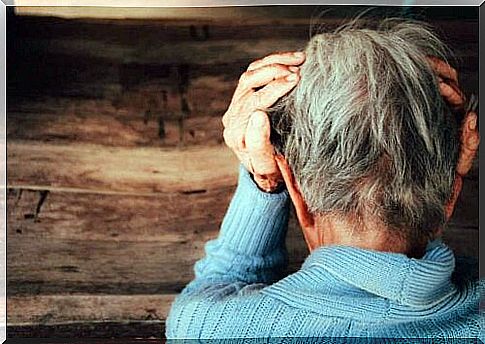
By substance consumption
With regard to hallucinations induced by drugs, ingestion of certain drugs and drugs can cause the problem. Some of the substances that induce hallucinations are the following:
- Alcoholic beverages : Consumption of alcohol alters the central nervous system, which can cause visual and auditory hallucinations. Someone will have to drink too much for hallucinations to appear.
- Cannabis : Marijuana consumers are also experiencing changes in their central nervous system. Similarly, the cognitive impairment caused by continuous consumption of this drug may develop into neurological disorders.
- Amphetamine : This type of drug can cause manic reactions and episodes of psychosis. For this reason, it is important to go to a doctor so that they can prescribe the correct dose.
Other drugs such as LSD can also cause visual and auditory hallucinations. In fact, some people even experience false sensations in their bodies.
Different types of hallucinations
Let us now look at a list of the 10 most common types of hallucinations. From there, we can identify which are the most important characteristics.
So to do this we also look at the hallucinations we have mentioned above.
Common types of hallucinations: Visual hallucinations
This type of hallucination is the best known and most common. It’s about seeing things that aren’t really there.
This is the case with schizophrenia. The person may even establish an intimate bond with their hallucinations. It can also happen that the person sees himself in that way, which is known as autoscopy .
Common types of hallucinations: Auditory hallucinations
These are also some of the most famous and go hand in hand with visual hallucinations. However, they sometimes occur alone.
For example, hearing voices as if a third person were speaking. In these cases , the voices usually give opinions or instructions to those who hear them.
3. Gustatory hallucinations
Gustatory hallucinations (hallucinations with taste) are some of the least talked about. The reason for this is that in comparison with the visual and auditory types they are not so common. Above all, this phenomenon occurs during depressive states.
4. Olfactory hallucinations
Similar to the previous kind, this type of hallucination is unusual. Olfactory hallucinations cause the person to experience the presence of odors that are not in the environment.
Also, they usually appear after drug use or as a result of severe migraines.
Rare types of hallucinations: Somatic hallucinations
During these types of hallucinations, people usually have unrealistic perceptions of their organs. For example, they may feel that their lungs or heart are made of a metallic material, while others may feel that they are missing parts of their body.
6. Tactile hallucinations
This is when someone has a feeling that something cold or hot is in contact with their skin, but in reality there is nothing.
In any case, there are two types: Thermal (feels cold or hot) and hydraulic (feeling moist). There is also the kind where they experience needles, which is known as paresthesia .
7. Kinesthetic hallucinations
In kinesthetic hallucinations, the person experiences sensations in relation to the movement of their body. In these cases, they tend to experience the realistic feeling that a part of their body is moving when it is not.
8. Pseudo-hallucinations
When we talk about pseudo-hallucinations, we refer to them of any kind where we can recognize it as a distortion of reality. By this we mean when a person is aware that what they see, hear or feel is not genuine.
9. Hypnagogic hallucinations
In this case, the person does not necessarily have any kind of disorder nor is he necessarily under the action of a drug. Hypnagogic hallucinations occur during the sleep process.
When a person goes from consciousness to sleep, they may experience visual, auditory or tactile hallucinations.
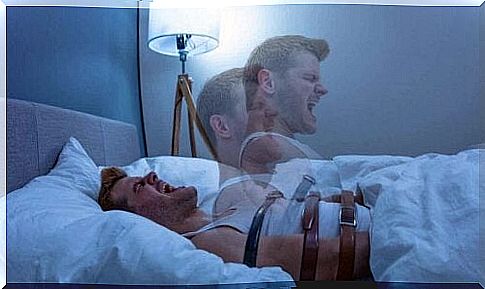
10. Functional hallucinations
These occur when a perceived stimulus from one of the sensory channels causes a different response to what it is supposed to. For example, a person could hear traffic sounds (a real stimulus), but at the same time hear the voices that speak to them (a hallucination).
Is it dangerous to have these types of hallucinations?
Many people perceive hallucinations as dangerous. But in reality, they are much more common than you may have realized.
In fact, at some point we will all experience a hallucination of some sort. For example, when we are about to fall asleep, we can experience hypnagogic hallucinations without it being a danger.
It is important to be aware when these happen for no apparent reason and when they are intense and happen often. Alternatively, we can understand them as natural reactions to certain psychiatric processes in the body.





